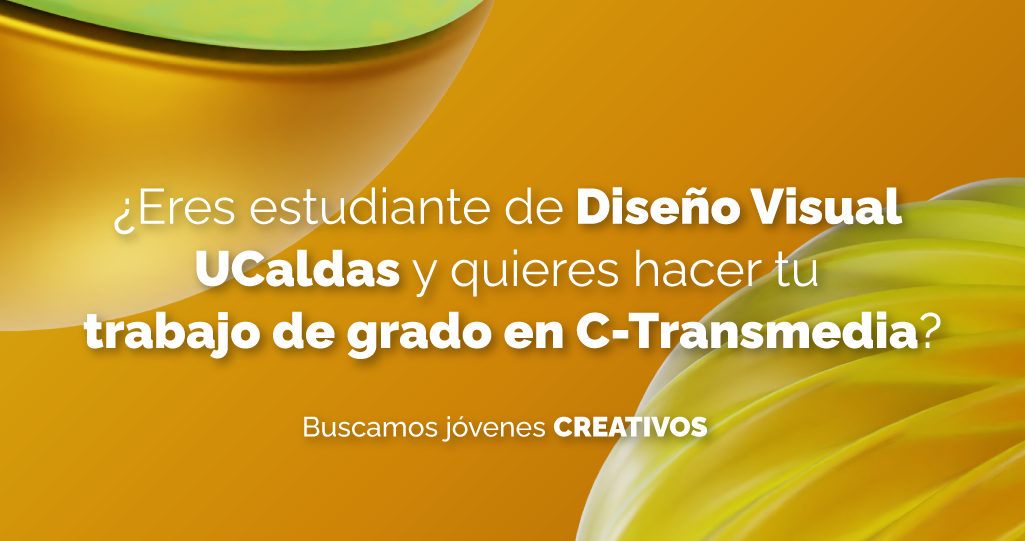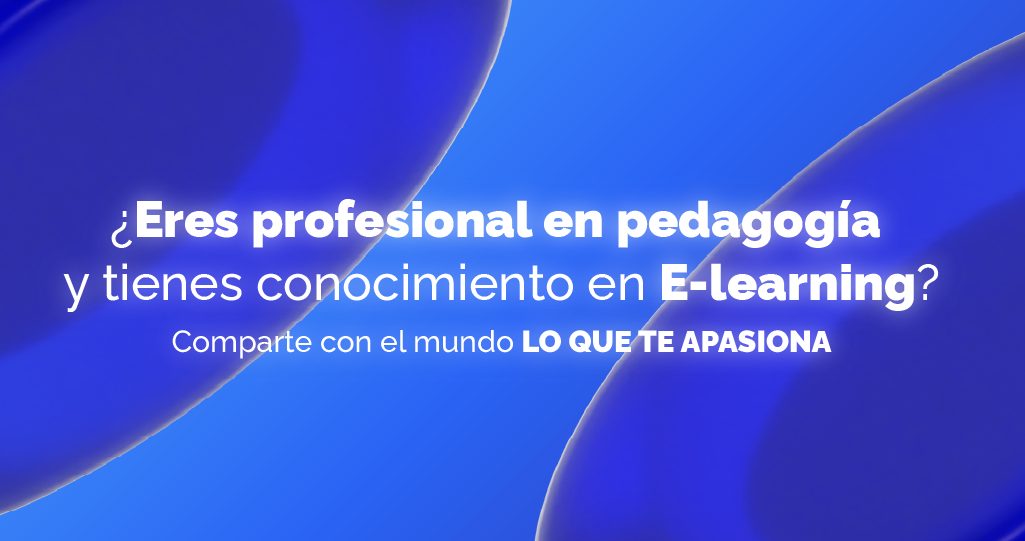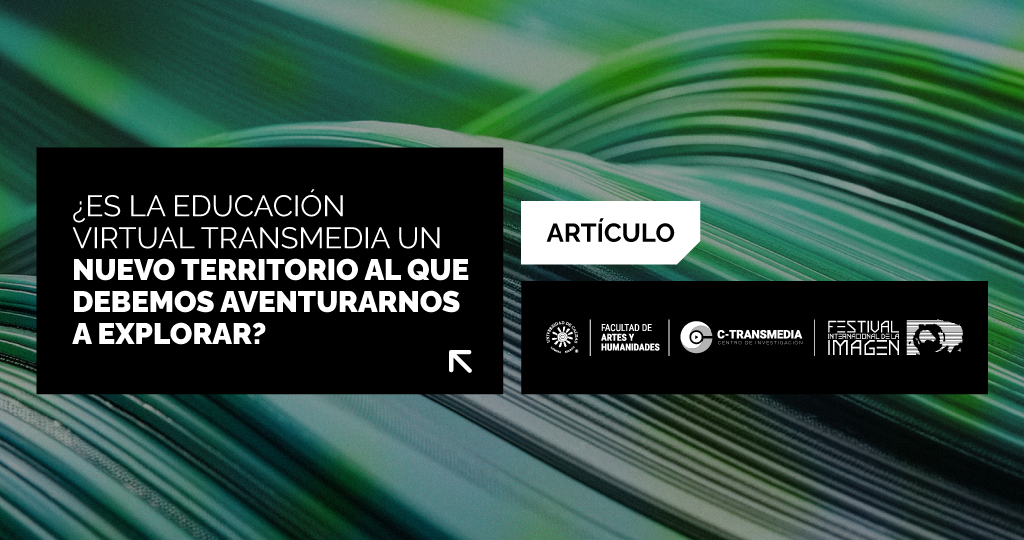
¿Cómo practicar el aula invertida y no fallar en el intento?
¿Cómo practicar el aula invertida y no fallar en el intento?

27.09.2021
Piensa por un momento ¿cuál es la primera imagen que se forma en tu cabeza cuando te mencionan la palabra educación? Lo más probable es que sea un docente hablando frente a un grupo de estudiantes o un colegio lleno de libros. Esto se debe a que por muchos años el modelo de enseñanza-aprendizaje se basó en el docente, en la memoria y en el concepto de que cada individuo es un tabula rasa, es decir, un libro vacío que hay que llenar con información. Con la 4ta revolución industrial, de realidades tecnológicas, este modelo tuvo que adaptarse a un mundo lleno de información de fácil acceso y automatizado, en donde se desarrollan habilidades más centradas en resolver problemas como es el Flip Learning o Aula invertida.
El Aula invertida es un modelo de aprendizaje que consiste en cambiar la metodología tradicional de la clase con el uso de tecnología o herramientas multimedia. Se dice que es un “aprendizaje mixto” ya que combina espacios de estudio presenciales y virtuales. Un ejemplo de aula invertida es que, en vez de que el docente realice la explicación de los temas, los estudiantes revisan previamente el material multimedia (videos, juegos, presentaciones, etc) preparado y seleccionado por el docente, fuera del aula. De modo que el tiempo usado en el aula adquiere un mayor potencial de aprendizaje en los estudiantes para resolver preguntas, plantear problemas o desarrollar actividades.
El término aula invertida, fue propuesto inicialmente por Lage, Platt y Treglia en el 2000 como inverted classroom (IC) y en 2012, el modelo fue difundido por Bergmann y Sams como flipped classroom model (FCM) o aula volteada principalmente en Estados Unidos en la educación básica. De manera similar, en 2004 Salman Khan inició un proyecto de tutoría en YouTube del cual surgió Khan Academy, un sitio web en el cual se encuentran recursos educativos como videos, textos y cuestionarios de diversas áreas bajo el concepto del aula invertida. Ahora bien, ¿cómo puedes empezar a practicar el aula invertida?. Desde el C-Transmedia te compartimos una breve secuencia de ejemplo:
-
Establece objetivos y contenidos: define los objetivos de aprendizaje y clasifica los contenidos que requieren ser aprendidos por instrucción directa (videoconferencia) y aquellos que se aprenden mejor en la experimentación. Esto implica la planeación de tareas activas y colaborativas que desarrollen actividades mentales complejas dentro del aula, donde el docente actúa como guía. Además, puedes notificar al estudiante sobre los objetivos, la organización del módulo, la metodología y algunas recomendaciones de estudio autónomo.
-
Motiva la revisión previa del material: para iniciar anima a los estudiantes a que revisen el material multimedia preparado en diversos formatos, para que tengan la oportunidad de elegir los que mejor se ajusten a su estilo de aprendizaje y que sea de fácil acceso.
-
Resuelve dudas y haz ejercicios prácticos: en las demás sesiones presenciales puedes despejar dudas y abordar situaciones experimentales de uso práctico del tema en cuestión, variando los niveles de complejidad. En otros casos, puedes revisar en pequeños grupos los talleres o actividades (que han sido trabajados individualmente en el tiempo fuera de clase) y realizar una breve exposición de síntesis al grupo.
-
Evalúa y recolecta evidencia: realiza ejercicios evaluativos periódica y aleatoriamente, lo cual permite estimular el compromiso de preparación previa y recolectar evidencias de trabajo.
Como cualquier modelo pedagógico de aprendizaje este debe ser adaptado y modificado con base en los recursos y el contexto socio-tecnológico de la institución educativa. También puedes tomar algunas recomendaciones que te serán de gran utilidad para no fallar en el intento:
–Crea un soporte o herramienta digital del curso: administra un sitio web, una red social, blog, wiki o aula virtual donde, además de almacenar los contenidos del curso, haya espacios de debate y comunicación entre estudiantes y entre docente y estudiantes.
–Estimula el estudio autónomo: orienta a los estudiantes sobre la forma adecuada de visualizar y abordar los recursos (presentaciones, videos, simulaciones, consulta de libros, revistas, etc) e incluso ofrece sugerencias para la toma de notas (síntesis, cuestionarios, mapas etc.). Además de ofrecer una orientación sobre el uso eficiente del tiempo y métodos de concentración.
–Aumenta la motivación: debido a que gran parte del trabajo inicial depende del estudiante, es muy importante que tenga la voluntad suficiente para revisar e indagar los recursos en su totalidad, para ello es central demostrar la aplicación directa o indirecta de cada uno de los contenidos y crear un ambiente de interacción entre pares.
–Crea o perfecciona contenidos digitales: existen múltiples plataformas y sitios web que te permiten crear videos o libros interactivos, presentaciones o juegos que puedes aprovechar para que la apropiación de los contenidos sea mayor. También hay gran cantidad de recursos educativos como repositorios en los que ya han creado contenidos y que tú puedes usar como el ya mencionado Khan Academy.
–Complementa con otros modelos de aprendizaje: combina el aula invertida con otras metodologías como trabajo colaborativo, aprendizaje basado en problemas, aprendizaje basado en proyectos, gamificación, realidad virtual etc.
Las necesidades y las condiciones tecnológicas actuales han transformado muchos aspectos de la vida de las personas y la educación no es la excepción. Los cambios en la educación son procesos que requieren formar nuevas imágenes sobre ella y por tanto nuevas formas de pensarla. Para dar el paso hacia lo nuevo puedes empezar mezclando metodologías tradicionales con otras más recientes y verás que la motivación y el interés de tus estudiantes mejorará. En C-Transmedia impulsamos la innovación educativa, únete y anímate a explorar todas las posibilidades del conocimiento.
Referencias:
Martínez-Olvera, W. Esquivel-Gámez, I. Martínez, J. (2014). Aula Invertida o Modelo Invertido de Aprendizaje: Origen, Sustento e Implicaciones. En: Los Modelos Tecno-Educativos, revolucionando el aprendizaje del siglo XXI.
Redacción Camila Quiroz
Área de innovación y Transferencia de Conocimiento
C-Transmedia


